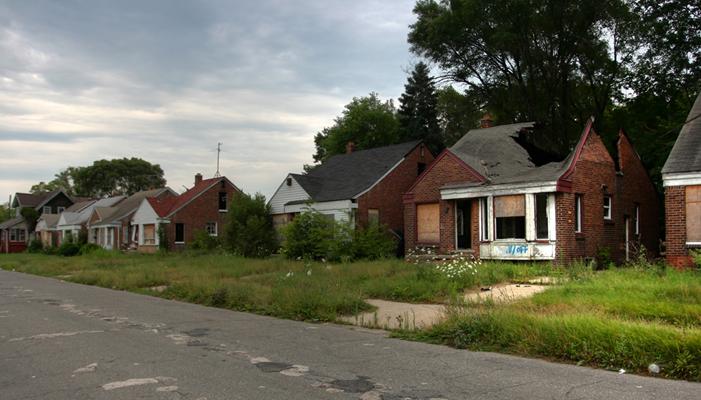What Impact do Anti-vacancy and Anti-blight Ordinances Have on Local Housing Markets?
Executive Summary
Foreclosure has been a national issue since the current housing crisis began, and has received a lot of attention from federal policy makers. Foreclosure’s effects are felt primarily at the local level, and include lower surrounding property values, increased crime, and erosion of the municipal property tax base. But in weak housing markets, like those found in the core and inner-ring suburbs of older industrial cities, foreclosure causes a different set of problems. Foreclosure in these markets accelerates the long-term vacancy, and eventual abandonment, of property. Federal housing policy in the wake of the crisis has not been as responsive to these problems, leaving states and localities to craft their own policy interventions.
The primary federal responses to the housing crisis have been to implement and refine the Home Affordable Modification Program (HAMP) and the Neighborhood Stabilization Program (NSP). HAMP focuses on foreclosure prevention, which some features that incent foreclosure alternatives when modification is not feasible. Research suggests that foreclosure prevention is likely the optimal policy intervention in normal and strong housing markets. In weaker housing markets, more emphasis is needed on interventions to prevent and remove blight created by vacancy and abandonment. States and localities have stepped up to fill this role in a number of ways, but few of these responses have been thoroughly evaluated.
This paper analyzes the impact local anti-vacancy and anti-blight ordinances have on housing markets in Cuyahoga County, Ohio (home to Cleveland). These ordinances, consisting of point of sale inspections, escrow requirements, and vacant property registrations, have become immensely popular over the past 5 years. In order to evaluate the impact these ordinances have on local housing markets, we compare home sales in communities with ordinances before 2004 to home sales in communities without ordinances through 2009. To isolate the impact of the ordinances, we use a probabilistic matching to link information about borrower and loan characteristics (found in HMDA and local recorder data) to property characteristics (found in local Fiscal Officer data), and control for these characteristics. Cash transactions are also analyzed.
We examined the impact of these ordinances on two sets of decision makers: loan underwriters and property purchasers. We find that local ordinances did not do much to discourage the making of loans that would eventually end up in foreclosure, though adding an escrow requirement to a point of sale ordinance slightly decreases the probability that a loan that eventually enters foreclosure would be made. The main impact of local ordinances is in how properties are cared for. Given than municipalities with point of sale requirements have worse housing markets than those without them, the addition of a requirement to escrow sufficient funds to repair the property at the point of sale will improve the condition of their housing stock relative to what it would have otherwise been. The selection of buyers who are willing and able to maintain the properties is reflected in the lower incidence of post-sale tax delinquency in municipalities with escrow requirements, relative to those with point-of-sale inspections alone. Thus, policymakers considering the enactment of local ordinances should understand that they will likely have a marginal impact, and should include an escrow requirement if they seek to preserve or improve the condition of their housing stock.
Full report below…
~
4closureFraud.org
~
What Impact do Anti-vacancy and Anti-blight Ordinances Have on Local Housing Markets?


No Comment